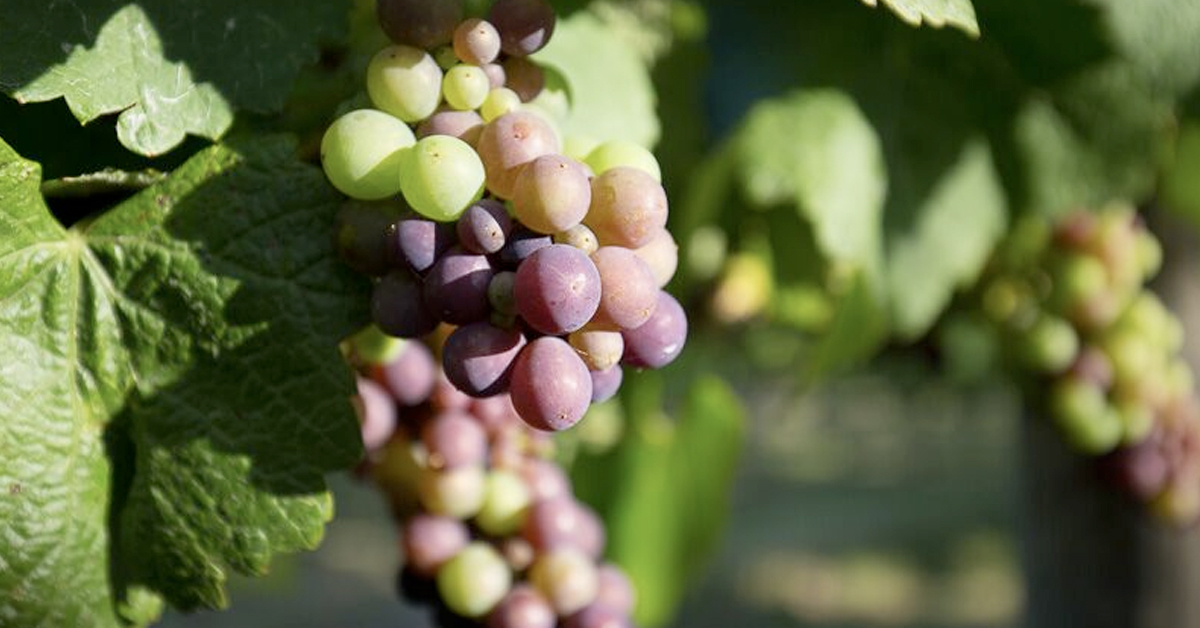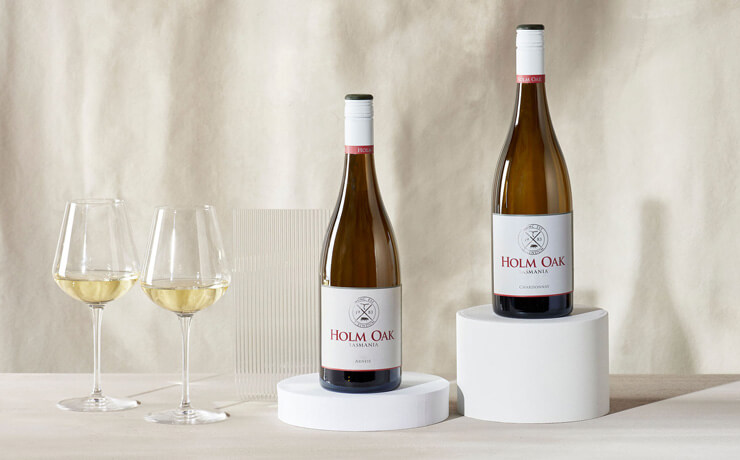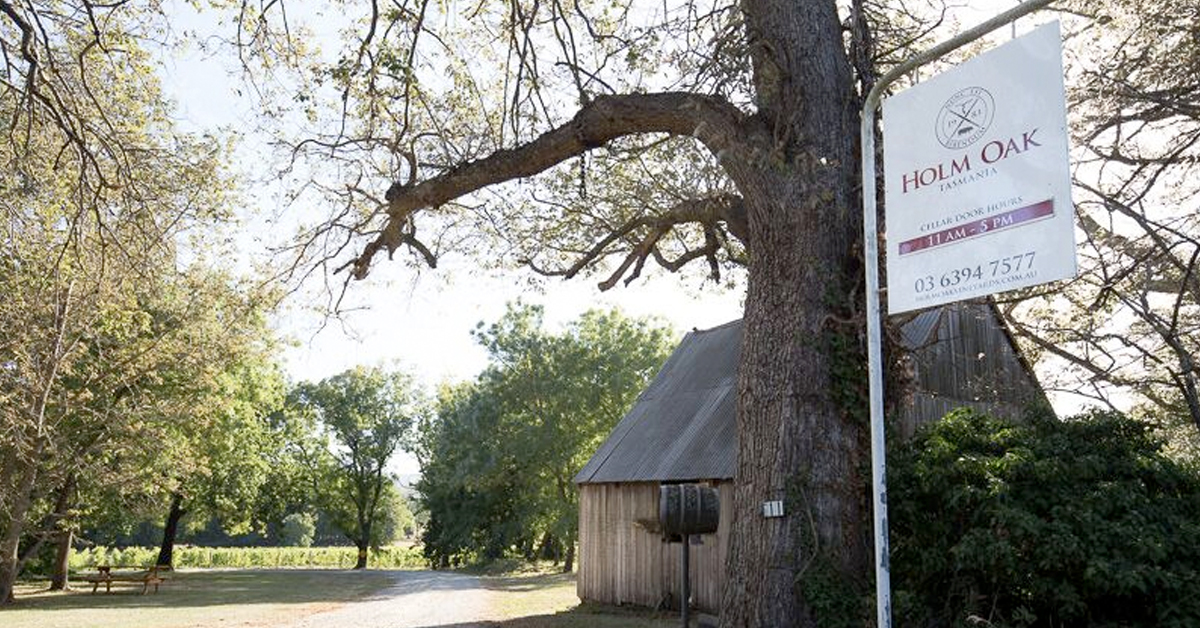Get Serious about Moscato – Taste the Difference

Moscato – once you’ve tasted the finest of styles, it is hard to go back. Considered to be a top end wine by many, the best examples are a far cry from the cheap, poorly sweetened, carbonated bubbles that can give the style a bad wrap. The homeland of moscato is situated in the rolling hills of northern Italy, in the subregion of Piedmont Asti DOCG. Here you’ll find some of the world’s finest moscato wines being made with the same craftsmanship as other varietals, and they rightly command a premium price.
In the heartland of Piedmont, it’s a wine made by winemakers, for winemakers – which tells you it’s serious. In the late 19th century, it held the acclaim as the most prestigious wine of the region.
The magic of top-end moscato is the undeniable balance of sweetness paired seamlessly with freshness. Kept under optimal temperatures, this wine can stand the test of time in a cellar. Pop a bottle and serve from a tulip flute, the cousin to a Champagne glass and enjoy the explosion of delicate aromas of apricot, peach, lemon, and sage.
Premium moscato is not talked about enough but it’s no secret to our Holm Oak Moscato Society members – Australia’s first club of its kind for fans of this premium style. Read on as we share some of the history of the premium nature of moscato.
What grape is Moscato made from?
Moscato is considered a semi-sparkling wine style, or frizzante, originating from Piedmont, Italy. Since 1993, this wine has fallen under Italy’s highest category of production Moscato d’Asti DOCG.
Moscato is made from muscat grapes, a grape that has been around for thousands of years, with over 200 varieties. At Holm Oak we use Muscat a Petit Grains Rouge (also known as red Frontignac or brown muscat).
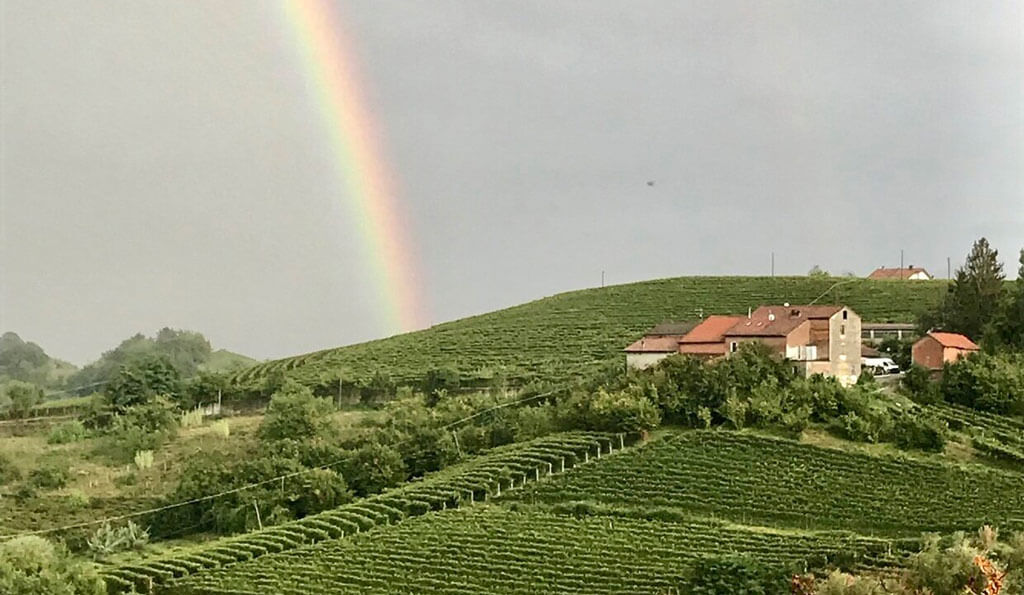
Image Credit:Lisa Denning from The Wine Chef
Is Moscato a wine or Champagne?
In short, no, moscato is not Champagne, but that’s not to say you can’t drink both wines from the same flute. The origin of Champagne is protected by the French. A wine can be labelled Champagne only if it hails from the Champagne region of France.
The main difference to Champagne is in the production method and lost noticeably in the bubble, or bead. The moscato bead is less obvious, with a minimum atmosphere of pressure of one. The Italian wine closer in bubble to Champagne is Spumante (sparkling white wine).
The volume of alcohol in a moscato wine is lower, generally around 5% whilst Champagne is around 12%.
How do you make premium Moscato?
Premium moscato can be produced in autoclaves using the Martionitti-Charmat Method. Born from still wine, it undergoes secondary fermentation in steel tanks where the bubbles are formed with the addition of yeast and sugar.
Where is Moscato made?
Moscato is made all over the world, from its homeland in Italy, to our little corner of Tasmania.
Muscat is referenced in Italy as moscato bianco, grown on a bed of limestone, clay, sand and chalky sediments. The climate is mild, temperate with influences from the Mediterranean sea. The diurnal seasonal swings of warm winters and cooler summers create balance just like the wine style itself.
Is Moscato good wine?
Moscato is not only good, it can be considered great as it has stood the test of time. Moscato, made from white muscat grapes, is one of the oldest grape varieties grown in Italy. In fact, muscat was cultivated during ancient times. Ancient Greeks called the grape “anathelicon moschaton” whilst the Romans renamed it “apiano” thanks to the bees who fell for its heavenly aromas.
In the 1700s the prestigious Agricultural Society of Turin noted white muscat as the variety producing the most prestigious wines of the region.
The moscato made in the gently sparking style took shape in the late 1870s. Canelli and Asti became the symbolic cities of moscato around this time. Fast-forward to today and these wines are often sought out by wine collectors at auctions.
Some of the most famous Moscato d’ Asti’s include Saracco Selection Moscato d’Asti DOP and Ca d’Gal Moscato d’Asti DOCG Vite Vecchia.
How does Moscato age?
Depending on the quality of the fruit, moscato made from muscat grapes can age well thanks to its fruit and bright acidity. Stored in optimal conditions the wine has serious ageing potential. Moscato d’Asti can age for nearly five years developing a complex bouquet as the wine develops a deep golden colour. Like other great wines varieties of the world designed to age, such as riesling and nebbiolo, moscato is no different. Moscato can last even longer, with the great Moscato d’Asti Ca’ d’Gal Vigna Vecchia retaining freshness and crispness 10 years after bottling.
How to serve Fine Moscato
At Holm Oak we recommend serving moscato from tulip shaped glasses, a cousin to the Champange flute. Like Champagne or sparkling wine, the delicate bubbles benefit from this shaped glass. These glasses have an etching to accentuate the fizz adding texture and pleasure to your overall drinking experience.
If drunk cold, it’s best to serve between 10 – 12 degrees.
When pouring your moscato if you prefer more fizz in your flute be sure to serve the wine slightly warmer and tilt the flute when pouring. Serving the wine cold softens the sweetness, allowing the fruit and floral aromas to shine through.
Moscato is traditionally a dessert wine perfect for creamy desserts such as lemon meringue pie or sipped over a grazing cheese plate with blue cheese. It’s a wine with further versatility due to the bursts of floral aromatics and delicate peach, orange blossom, lemon and sage aromas so don’t stop at dessert. Or, do as the winemakers of Piedmont do and serve with an antipasto aperitif of cured meats or with a spicy main course.
Moscato at Holm Oak
We’ve very serious about how we make our moscato, despite there being an element of fun in naming our wine after our beloved pig and pooch. We source our muscat a petit grains from a family owned vineyard in Nyah in the Swan Valley of Victoria, close to the Murray River. The climate is warm during the growing season which works well with muscat a petit grains. The flavour comes from the skins of the grape, which receive the sunlight needed to ripen tannins and phenolics evenly. The berry sizes are small which means we get a higher skin to juice ratio. This works perfectly for this wine adding complexity and structure.
Our Pig and d’Pooch Moscato is sourced from my parent-in-laws’ vineyard. They have celebrated 60+ years of marriage and have had this vineyard their entire married life. Dedication to the muscat grape is like dedication to a marriage, patience, and hard work prospers.
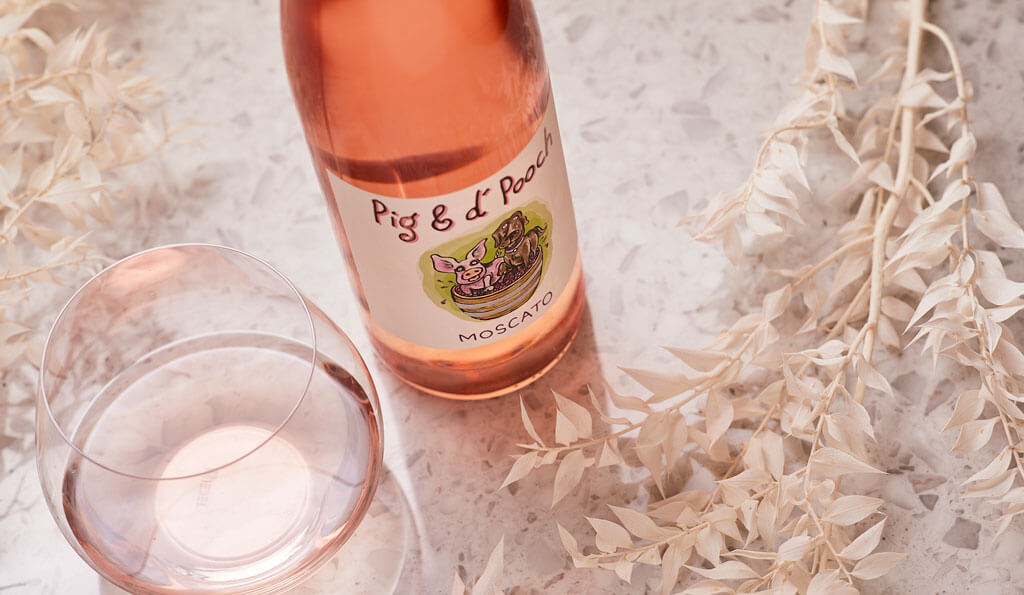
If moscato is the drink of choice for winemaker lunches and aperitifs, it will be perfect for your next decadent picnic or dinner party. With a Holm Oak Moscato Society membership, we’ve got you covered. You’ll automatically receive a six-pack of our Pig & d’Pooch Moscato twice a year. There’s freedom and flexibility if there’s other wines which sound sweet to you.
Elevate your moscato experience by joining The Moscato Society today.
Love this blog? You may enjoy some of our other wine wisdom:
- A cocktail using our moscato wine
- Time to talk – textural white wine

